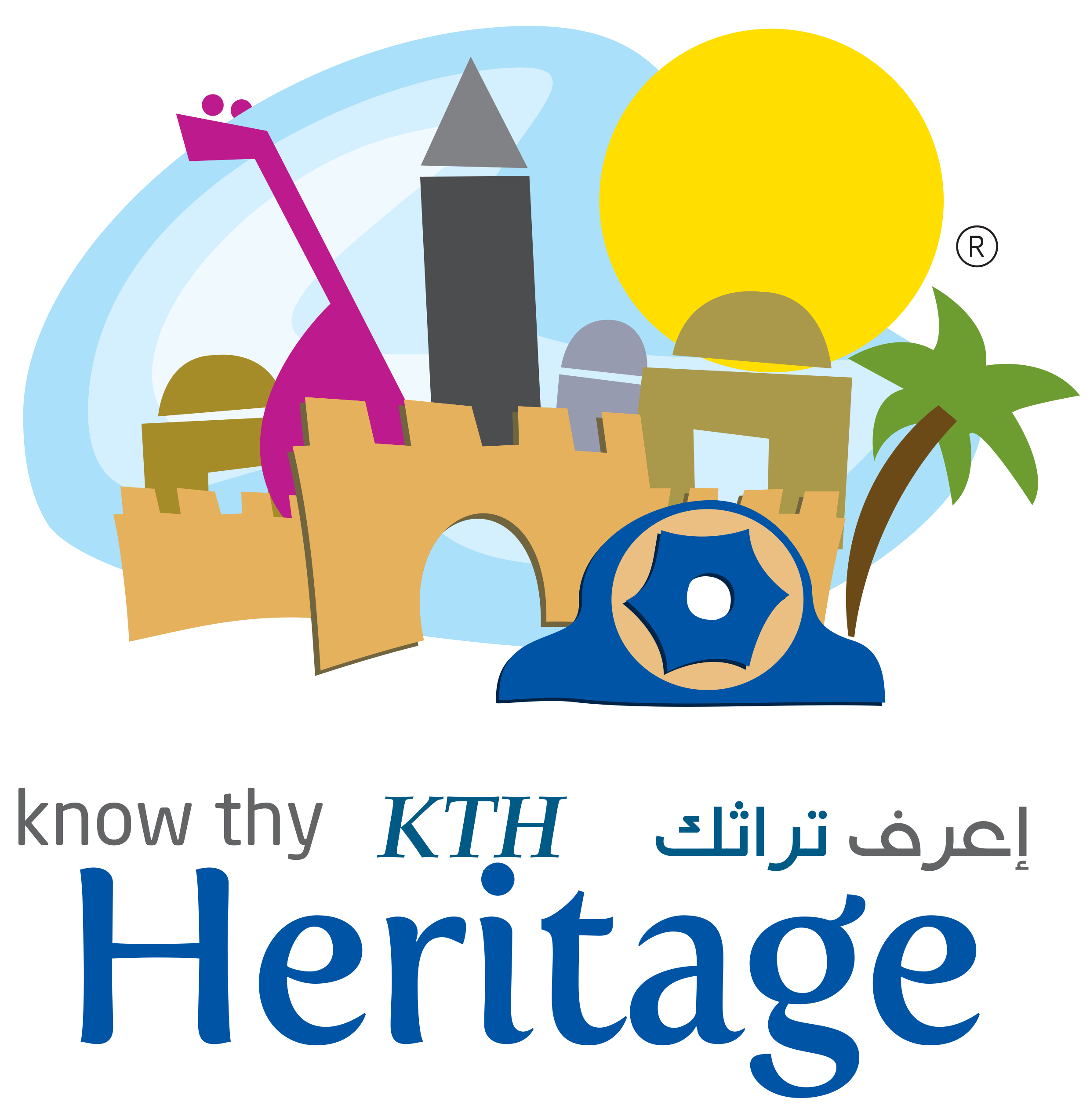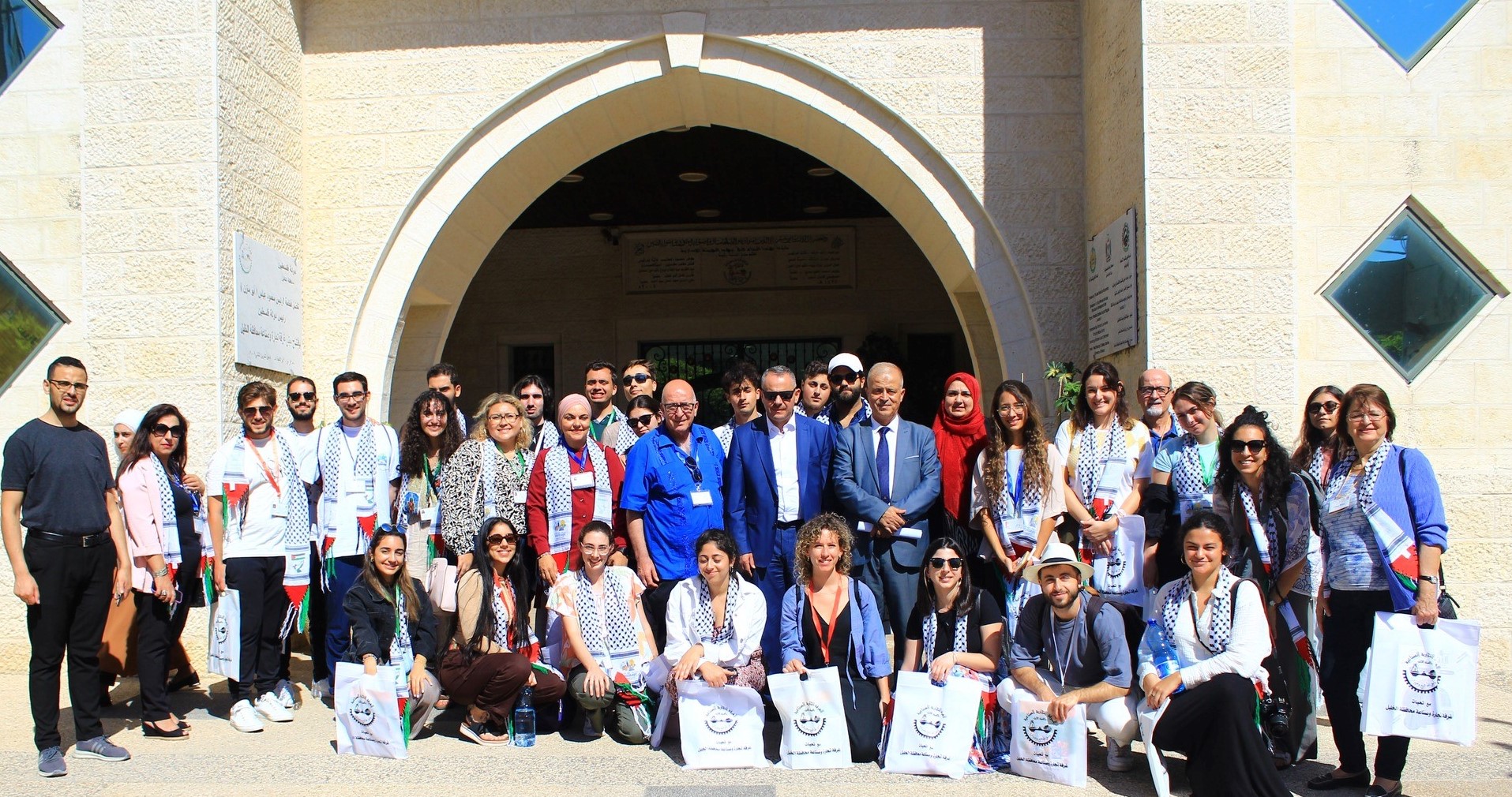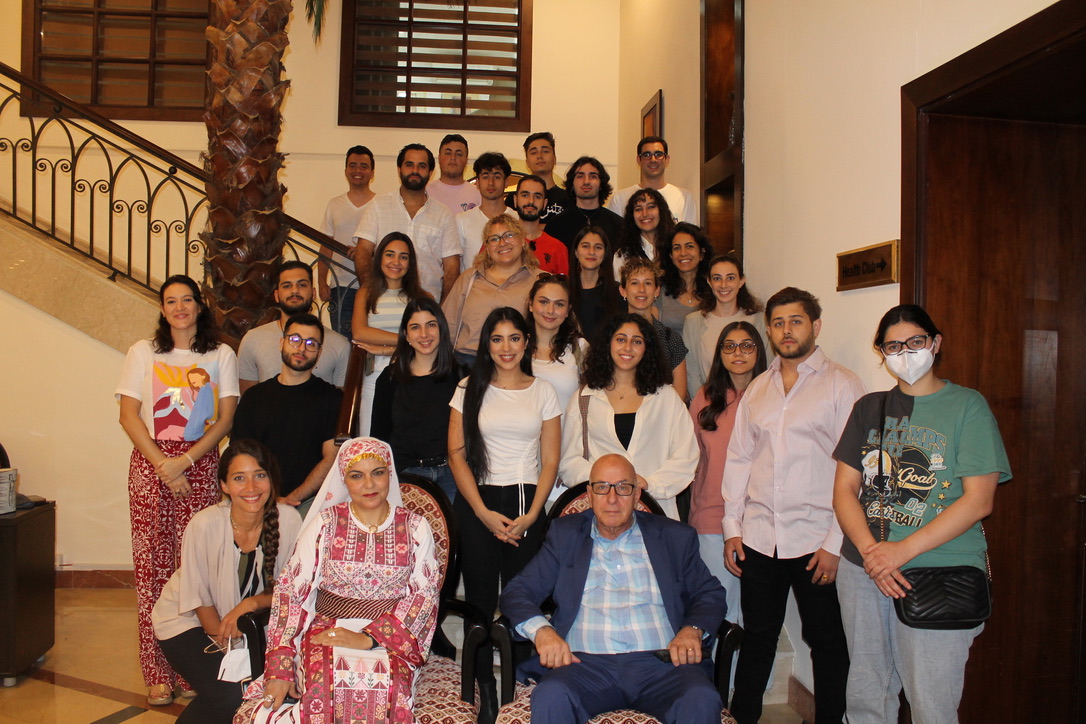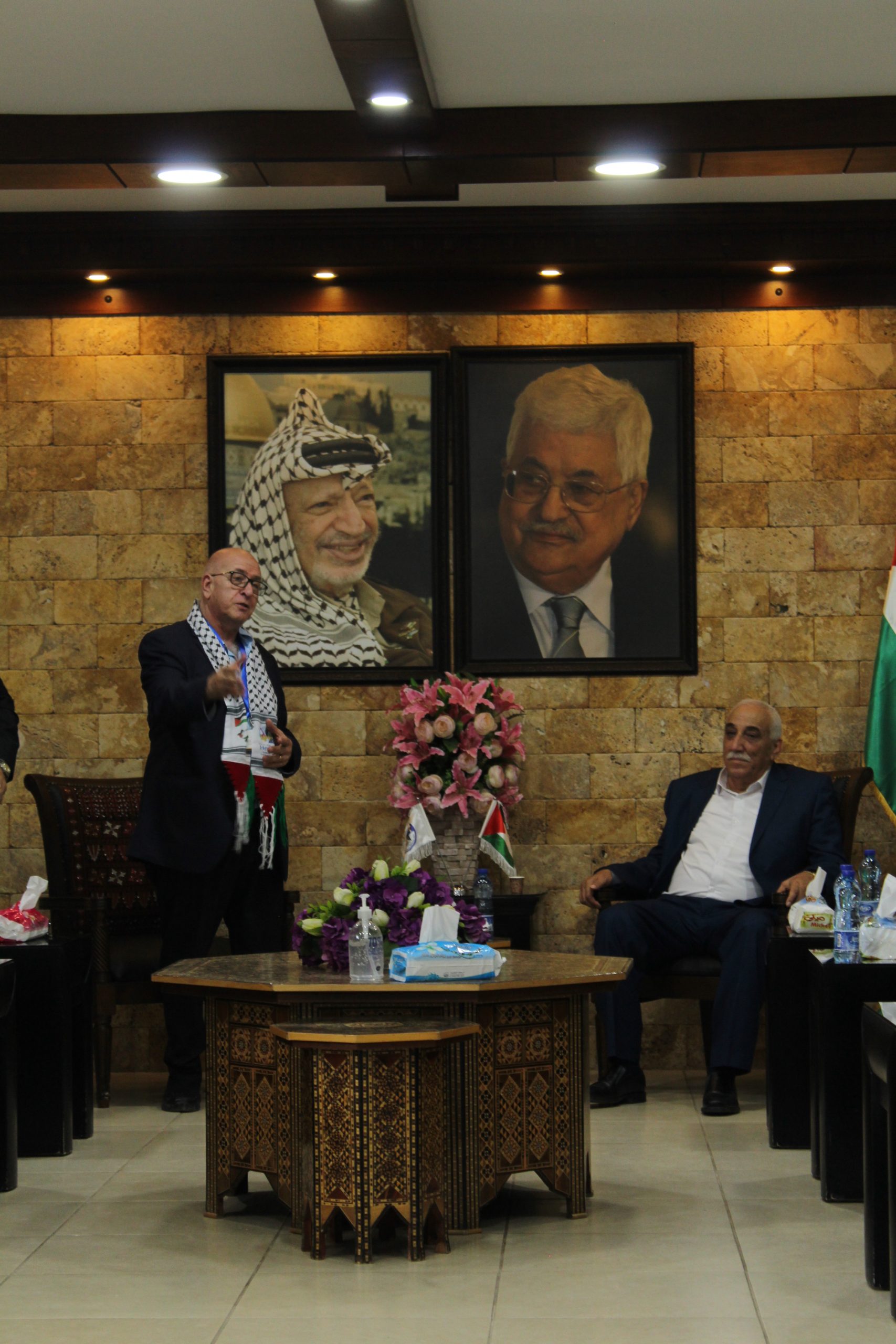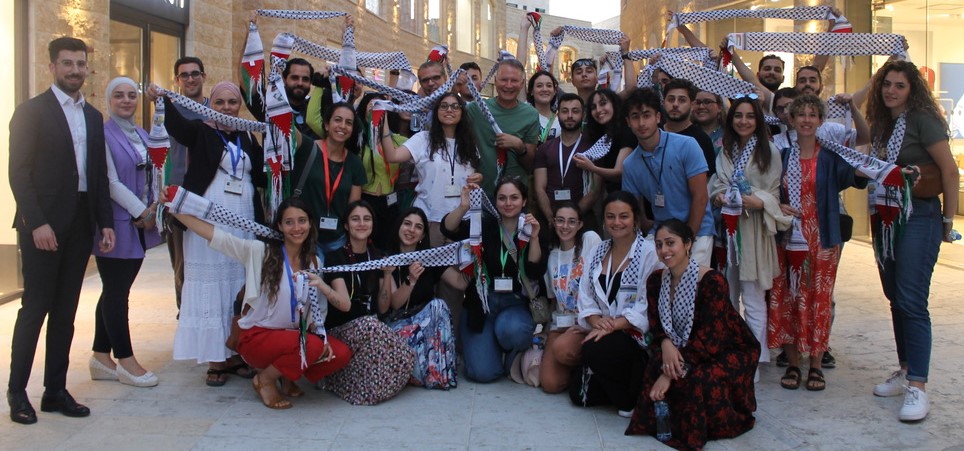KTH 2022 Journey Day 8 – Al Khalil
A Microcosm of the West Bank: Experiencing Al Khalil
By: Sarah D.
Today our delegation traveled to Al Khalil, the hometown of my own family since the 1700s. I had only heard stories about the historical city until today when we got on a bus in Ramallah and ended at the city of the Prophet Abraham. I anxiously waited to find a road sign for a town that I have always been proud of, but then the first one along our route had no Arabic on it like the signs for Jerusalem and Beersheba. I knew settlers and the Occupation had an insidious agenda to take over the city but to even erasing its original name shook me to my core. This sign reminded me of what I had been told about those that live in Al Khalil; they are strong, steadfast, and intuitive people. Even when the occupation tries to erase its own name, we remain.
Once we reached Al Khalil, I felt at ease; I was back home to a place I had only dreamed of. The gate welcomed us in, and we learned about the settler situation from the mayor himself, Tayseer Abu Sneineh. There are 400 settlers in the old city of Al Khalil, with 2,000 Israeli Occupation Forces (IOF) that protect them. As we walked through the old city with our guide, Architect Murad Tamimi, it began full of life, laughter, and happiness. Children part of summer clubs ran and sang songs of Palestine waving her flag, and every person offered us things to try. The hospitality of Al Khalil is like no other, with each person along our journey to and through the old city offering juice, water, coffee, fruit, and snacks. A bustling city of shop owners left our mouths wide open, awing at all the handicrafts and beautiful thobes, wood, food, and ceramics.
As we went through the old city, we finally reached the Ibrahimi mosque. Zeina, one of our guides, explained to me the travesty that we will experience as we got closer. We had to go through a tight gate with bars, where IOF soldiers told us that we were not allowed to wear our scarves adorned with the colors of the Palestinian flag and in a design of the Hattah. As we waited to enter the mosque, an IOF soldier filmed us, and as we tried to enter, another seized every single KTH scarf that the delegates wore. Although the heavy and glaring surveillance of the IOF drained the energy out of the space, with multiple cameras covering every square inch of the prayer areas, it nonetheless felt holy and calming. I hope the settlers watched all who prayed for Palestine’s freedom.
The last part of our trip to the old city became the best part; I met my grandfather’s cousin, who still lives in the historic castle his grandfather built. Smiling at him when we walked out of the car to me made my heart flutter, full of excitement and curiosity. Walking through the house, I could feel the closeness that my family fostered and valued. I sensed my ancestors smiling proudly at me because I was able to return home after two generations. I feel humbled to be part of such a family and embrace fully into a home I had never visited.
My grandfather’s cousin and I took a taxi to the Chamber of Commerce to rejoin the KTH crew and got to eat traditional Khalili food together while we chatted. After we finished eating, we parted ways begrudgingly but with the hope that I will return next year with an even bigger bus full of people to visit. Speaking with the chairman of the Chamber of Commerce, Mr. Abdo Idrees, reaffirmed the sayings about the town: they will always find a way. For my first homecoming, I am extremely proud to call myself a Khaliliyyah, a person of Al Khalil. This town is only one beating heart of the many in Palestine, each circulating joy, resistance, and hope for Return. This day was rightly an important day for me and I will never forget the day that marks a new era in my life and my relationship with my homeland.
